| Location | E11-1059 |
| Academic Staff in charge | Prof. Sin Chi KUOK |
| Technician | Ka Man TOU |
| Telephone | (853) 8822-4279, 4122 |
| Open Access Reservation Period | Monday: 9:30 – 17:30 |
Objective
The objective of the strength of materials laboratory is to demonstrate the basic principles in the area of strength and mechanics of materials and structural analysis to the undergraduate students through a series of experiments. Tests such as the tension tests of a steel coupon, torsion of model circular sections and bending of a steel bar are conducted in the lab. Model truss and frames are also employed to illustrate the theory in structural analysis and the basic plastic theory of bending. The students are also introduced to the data acquisition system (Strain gauges and dial gauges etc.) used in experimental study.

Facilities
MATERIALS TESTING MACHINE WITH 30 kN CAPACITY (LLOYD):
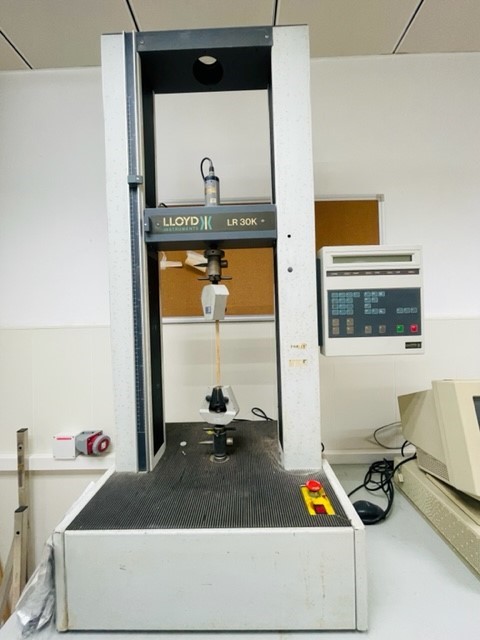
Tension test is one of the most common material tests. This computer controlled machine records the load displacement relationship of the test specimen. Load can be applied through either load or stroke control. The computer data acquisition can process the data and display the stress-strain diagram of the test-materials instantaneously.
TORSION TESTING MACHINE:
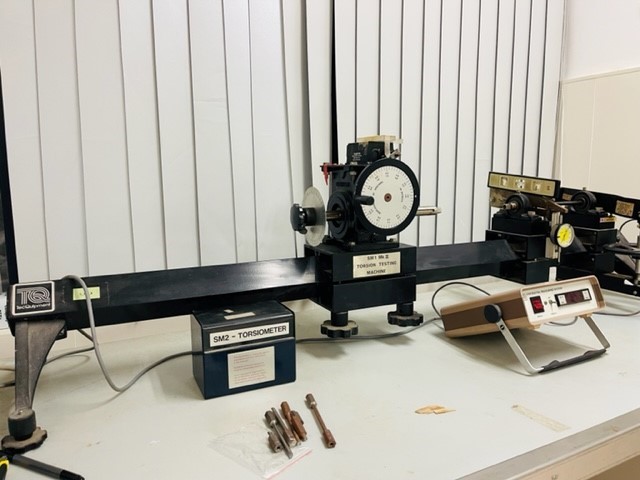
The model torsion testing machine allows the application of torsional loading to a model section and display the corresponding angle of twist of the test specimen. This model setup is mainly used to demonstrate the basic theory of St. Venant Tosion.
STRUT APPARATUS:
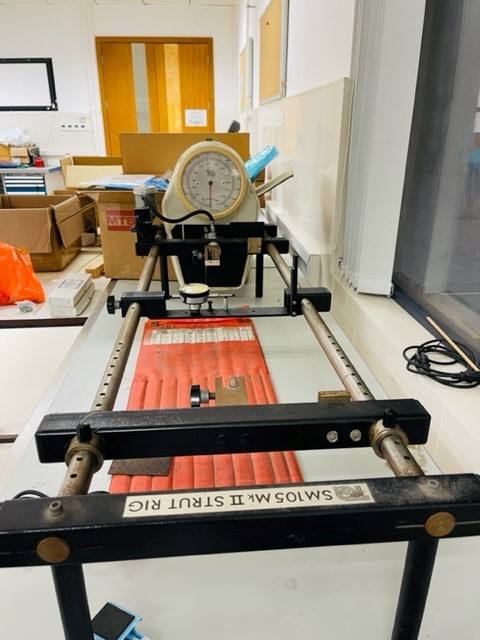
Slender axially loaded members may fail by instability. The mode and the corresponding critical load of a buckled member depend on the shape of member and its end restraint conditions. This apparatus can demonstrate different modes of buckling and enable determination of the buckling load of a member.
UNSYMMETRICAL CANTILEVER:
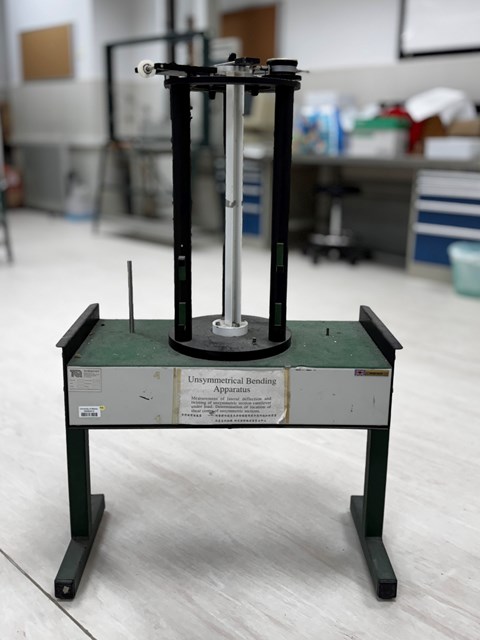
Lateral loads on beams with unsymmetrical cross section produce torque along with bending moments, unless they are applied on the shear centre of the section. This apparatus can measure the rotation and deflection of the test specimen and hence the shear centre of the specimen can be determined.
UNIVERSIAL FRAME AND STAND WITH 5 kN CAPACITY:
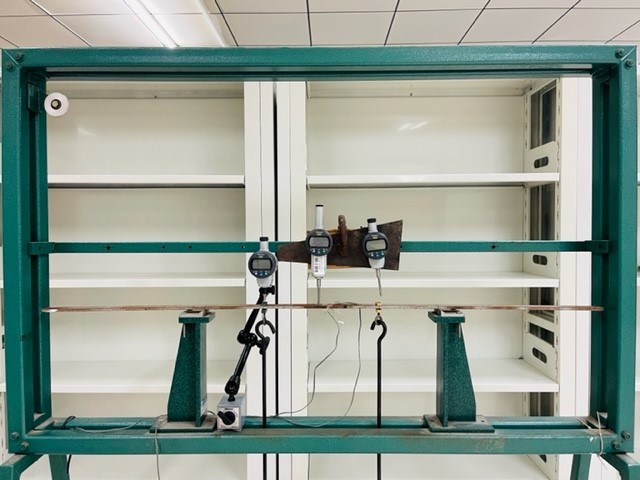
With different arrangements of the model set, the load-displacement relationship of beams, frames and trusses can be illustrated. Through demonstration, students can verify the elastic and plastic behaviour of these basic structural forms and so acquire sound understanding of the basic theories of structural analysis.
Courses supported
| CIVL2001 | Mechanics of Materials |
| CIVL2006 | Structural Analysis |

